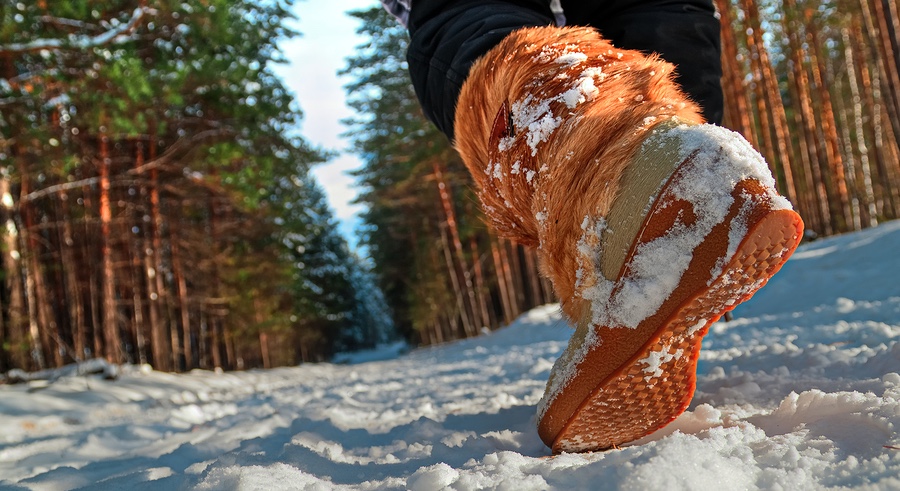Exercising in cold weather can be exhilarating, but it can also be downright dangerous! It’s tempting to skip your daily walk during the winter months, but exercising outdoors can be enjoyable and safe if you follow a few simple rules.
Talk to Your Doctor
With a few precautions, exercising in the cold is safe for most individuals. However, some exceptions exist. People with pre-existing conditions, including asthma, heart disease, and Raynaud’s disease, may not be able to tolerate frigid weather. Certain medications may also affect your ability to exercise outdoors, so always check with your physician before tackling a winter workout.
Check the Weather
Check with the weatherman before venturing outdoors. Pay attention to temperature, wind chill, and the amount of moisture in the air. If the atmosphere is damp or the temperature/wind chill drops below 0° Fahrenheit it may be wise to hit the treadmill instead.
Watch Out for Ice
Icy conditions can make your daily walk treacherous. Stay in well-shoveled and salted areas, and be on the lookout for “black ice” (invisible ice that accumulates in paved areas). For added safety, you may wish to purchase shoes or boots with traction cleats to help you stay steady on your feet.
Layer Up
Layers are your best friend when exercising in the cold. Layers allow you to easily adjust your attire as body heat rises and falls. It’s wise to start with three or more layers. Here’s what we suggest:
First layer: Wear a moisture-wicking fabric, such as nylon or Gore-tex, to help you stay dry.
Second Layer: Wear a sweater, sweatshirt, or fleece made of a moisture-wicking material, such as wool or a synthetic blend. (P.S. Avoid cotton because it stays damp and cold when wet. Brrr!)
Third Layer: This is your protective layer. Choose a water-resistant coat or pants to protect you from the elements.
Protect Your Extremities
In freezing temperatures, blood flows to the center of the body leaving your hands, feet, and head susceptible to plunging temperatures. To avoid frostbite, wear a moisture-wicking hat, gloves, and mittens. Many athletic companies sell these items specifically for cold weather exercisers.
Stay Hydrated
Dehydration can occur at any time, particularly during the winter. In arctic temperatures we lose more fluid through respiration than in hot weather. (When you see your breath that’s actually water vapor being expelled from your lungs!) Your thirst response also decreases by about 40% when you’re cold, so drink lots of water before, during, and after your workout to prevent dehydration.
Be Prepared for an Emergency
Let a friend or family member know when and where you’ll be exercising, and carry water, a cell phone, and chemical heat packs. It’s also important to know the signs of frostbite (pale blue or red skin, loss of feeling, or burning/stinging in the affected area) and hypothermia (slurred speech, poor coordination, and shivering). If you notice these signs, get out of the cold as soon as possible.
Winter exercise can be brisk, refreshing, and safe if you follow these simple rules. Enjoy that winter wonderland!





